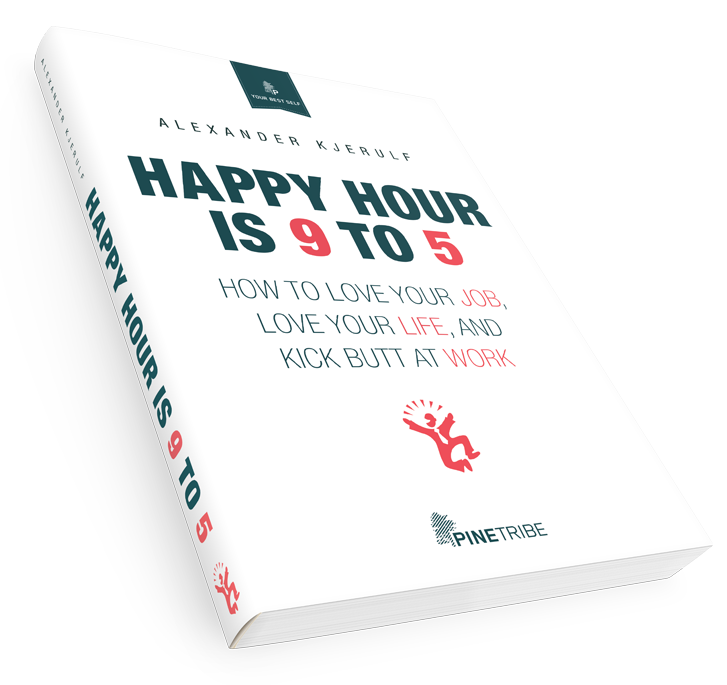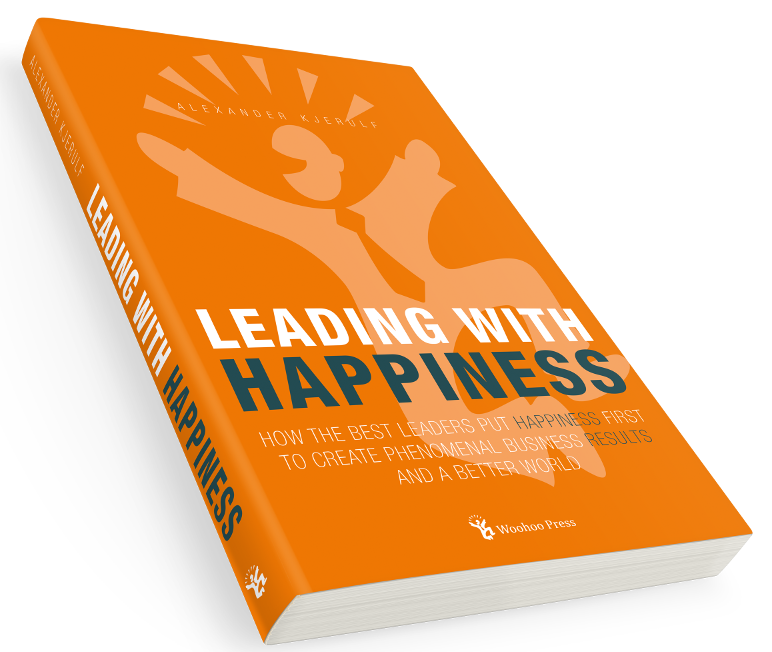This article was written by Woohoo inc’s newest employee Thomas Christensen.
Have you ever wondered why you have to walk all the way to the back end of the supermarket to get milk? Or why there are mountains of candy close to the checkout, where you always have to stand in line and wait? It is a carefully planned ploy to ensure you walk through the entire store to get to your everyday groceries, thus increasing your exposure to other items, which makes you more likely to buy something more than milk. Similarly, candy is placed where it is most likely that you will stand around bored for the slow eternity that is queuing in the supermarket. This increases the chance of you given in to your urges and purchase some candy.
You are probably familiar with the term “Nudging”; it has been thrown around a lot in relation to health initiatives and government legislation. Nudging is the latest branch on the tree of buzzwords, thus nudging has plunged behavioural science into the mainstream. Numerous articles and books has been written on what nudging is, so we will not go deeply into that. However, we will discuss just how useful nudging is when it comes to workplace happiness.
The main thing to be aware off with nudging is that it is not a magical solution, obviously. At its most basic level, nudging is about choice management. The idea is that you present the choices available to your customers, clients or people in general, in such a way that a particular choice or set of choices seems more desirable. This sounds easier than it is. The nudge should be almost invisible, and non-invasive. Plastering large brightly coloured signs around the office with quotes on how to be happy, is not close to being nudging – nor is it likely to work.
Because nudging revolves around choices, you will have to break down complex behavioural patterns, into smaller more manageable chunks. Looking at workplace happiness, it is quite complex. Being happy at work requires a large number of things to go right, as happiness is an inherently complex behavioural pattern. Luckily, you can break down workplace happiness into two categories of effect: results and relationships. Watch the video below for more information.
This makes nudging for workplace happiness much easier.
However, one of the most severe limitations of implementing nudging, and other behavioural sciences, is their symbiotic nature. What we mean is that nudging can only enhance an existing process. It cannot create a new. Let us image that you want to create an environment where there is an added focus on results. You want to encourage employees or co-workers to share their results, but in order to nudge them towards your goal, there has to be a process in place that you can nudge them towards using. Which means that in order to use nudging you need to have a very good idea of how people interpret the processes in your organisation. This symbiotic nature also means that it is incredibly difficult to give advice on how to nudge people towards more workplace happiness within the confines of a specific organisation.
Nevertheless, we do have some tips.
- Start by determine whether to focus on results or relationships. Workplace happiness can be complex, so it can help to focus on one of the two. Establish a specific goal you want to solve within one of the two areas. Such as “how do we make people celebrate their victories?”
- List the processes your organisation have in the chosen subject. If your organisation is lacking in processes that can facilitate either results or relationships – you have bigger problems than nudging can fix.
- Once you have both chosen an area of focus and have a list of the existing processes, you can begin to examine them both. You need to focus your attention on how people interpret these processes. Their original or intended purpose is less relevant compared to the interpretation.
- Then you can rate your internal process based on which one is most beneficial to your goal.
- Using your customers or employees sense of purpose and expectations, you can begin to shape how you want them to perceive the choices you present to them.
Now comes the fun part
As you have defined your goal such as “people should spend more time in my store” and a list of processes such as “people mainly walk around in my store”. You can start combining them to find nudging solutions. However, nudging has to be almost invisible and non-invasive. Therefore, you cannot remodel your store into a labyrinth and expect it to be anything less than totally awesome.
Unfortunately, you will probably not sell more. The key is that your costumers or employees have a sense of purpose and a set of expectations. You do not mind walking 20 meters more in a supermarket, because you expect there to be walking and browsing when entering a supermarket.
Let us look at the example presented above, how we nudge employees to “celebrate their results”. A key component of the results-oriented part of workplace happiness. For the sake of argument, let us assume that you have several processes that highlights the results of your employees, but no one uses them. In order find out which one is more likely to yield the results you want, you examine how your employees interpret the processes already in place, so you can rank them. Sometimes the process does not have the desired effect, for example, having a “scoreboard of achievements” where your employees can list their achievements could be interpreted as being a place to brag. Instead, your employees might celebrate their successes with small post-its on their keyboards, because they interpret this process so be more personal and sincere. The point is then to either reframe the “scoreboard of achievement” to make it less about bragging, or to try and bring to light all the praise left on post-its stuck to peoples keyboards.
The main take away is that is nudging for increased workplace happiness requires awareness of 3 things.
- Processes available to your employees/customers
- Knowledge of what your employees/customers expect
- Knowledge of how your employees/customers interpret your processes




Leave a Reply